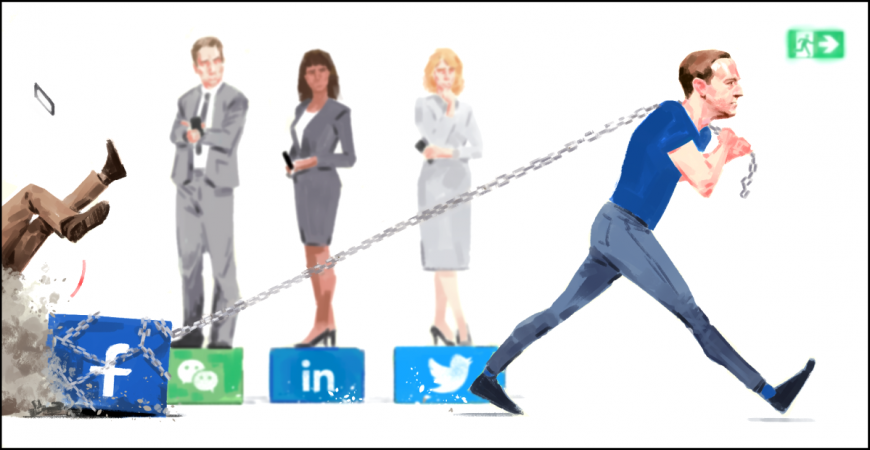Access to Facebook has become something we take for granted, and although it began as a simple social networking site, it’s now the place many of us go for our news, the latest COVID updates, health advice, brand recommendations and more.
It’s also become a place that many organisations rely on to communicate with their stakeholders, including charities, small businesses, big corporations, and government departments. So, what happens when we lose access to the most popular social networking platform in the world and what can your organisations do to safeguard yourselves against it?
Those are the questions currently facing European users.
Just this month, Meta (the parent company of Facebook and Instagram) threatened to pull Facebook and Instagram out of Europe over a data sharing dispute.
In case you think this is a solely European problem, cast your mind back to February last year, when a dispute between Meta and the Australian Government over whether the company should have to pay news organisations to host news content boiled over and Meta, pulled all news content from Facebook.
It was disconcerting for us news-obsessed junkies who have carefully curated our feeds to show breaking news ahead of photos of friends’ babies, but disastrous for the countless organisations that rely on the platform to communicate with the public and had been booted from the platform after being incorrectly classified as news, not to mention the effect on actual news publications.
Thankfully, the argument with the Australian Government was shortly resolved, news was restored to Facebook and everyone who had been barred from posting was welcomed back.
But there’s a serious lesson to be learned here.
Meta was able to wreak havoc with the major communications tool of many different types of organisations because too many of them had become overly reliant on Facebook alone.
Of course, this doesn’t mean that we should stop using Facebook. It remains the most popular social networking platform across all age groups in Australia.
However, it should never be the only weapon in your communications and engagement arsenal.
What’s beyond Facebook?
Before you jump straight onto Facebook, first consider your audience. Who are they, where do they spend most of their time, and what kind of content are they most likely to engage with? You may already know the answers to these questions, but if you don’t, then you can try a survey or focus group.
Secondly, get to know the different platforms and communications tools out there. Find out what they are, which audiences are most likely to use them, and their benefits and limitations.
Answering these questions will allow you to identify which tools will work best to achieve your goals and effectively engage with your audience. You should find multiple options to choose from.
For example, explore other social networking sites like LinkedIn, Twitter, Instagram, TikTok or WeChat. Just remember that each platform has its own target demographic and its own optimal form of posting. For example, Instagram is targeted towards a younger group who prefer more visual posts, whereas LinkedIn lends itself to a more mature audience who are engaged enough to read long form posts. TikTok and Twitter accounts perform well when posts are frequent, but Facebook and LinkedIn’s algorithms will penalise you if there are too many in a week.
An email campaign or e-newsletters using programs like MailChimp or Campaign Monitor are also great ways to stay in touch with your followers and they will provide you with metrics that are just as useful as social platforms, but with the added bonus of feeling more targeted to the reader. Just be sure to keep a list of your stakeholders and their contact details saved separately as a backup. You should always be able to access this information, without having to rely on a third party platform.
Although communications and engagement has largely moved to the digital realm thanks to digital’s ability to hyper-target audiences, there is still value in printed collateral such as a hard copy newsletter, flyer, or poster. We may be a highly connected society, but there are still some people who are less digitally engaged or lack internet access. This can include those living in remote and Indigenous communities, older Australians, and people with disability. If you fail to engage with these groups appropriately, you will guarantee that you’re missing a big part of the picture, no matter what your organisation or project is.
Most importantly, remember that when it comes to your stakeholders, person-to-person engagement never goes out of style.
That means making the effort to host a townhall or listening session, convene focus groups and meetings, and attend or host community events.
Although COVID may present a challenge to meet in traditional settings, you can combine many of these person-to-person techniques thanks to the countless programs designed to host events remotely including Teams and Zoom.
Whatever you do, be prepared to engage across a variety of channels and don’t become over-reliant on any one tool.
 ReGen Strategic
ReGen Strategic